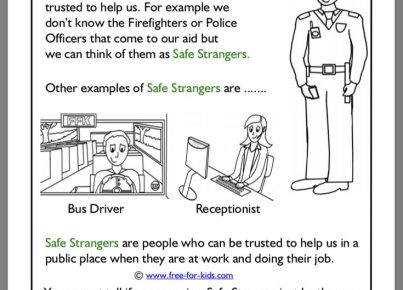Introduction
In today’s ever-changing educational landscape, teachers are often required to be versatile, resilient, and adaptive. Educators worldwide have faced unexpected challenges due to the COVID-19 pandemic, causing many of them to switch from traditional in-person teaching to virtual instruction. For some educators, this transition comes with the unique challenge of teaching at two different schools – one in-person and the other virtually. This article will explore some potential implications of managing dual teaching roles and suggest ways to make the experience a rewarding one for both teachers and students.
Potential Challenges
1. Time Management: Juggling both in-person and online classes could lead to an increased workload and difficulties in balancing time between the two environments. Teachers must allocate enough time for lesson planning, grading assignments, communicating with parents, and providing support for students in both settings.
2. Adapted Lesson Plans: When developing lesson plans and assignments for in-person students versus virtual students, differences in the format may arise. Teachers need to amend their approach accordingly which can also add to their workload.
3. Equity & Accessibility: Ensuring equity between students attending in-person and those attending virtually is crucial. Teachers should be mindful of the resources available to students at home and provide opportunities for equal engagement.
4. Technical Skills: Virtual teaching requires not only strong pedagogical skills but also technical proficiency. Teachers may need to invest time into learning new platforms or troubleshooting technical issues.
Tips for Success
1. Organize & Prioritize: Effectively managing your time by creating schedules and prioritizing tasks can help alleviate stress. It is also essential to set boundaries between work time and personal time.
2. Collaboration & Communication: Aligning curricula between the two school settings will promote consistency in instructional practices. Sharing resources with other teachers teaching virtually or in-person provides opportunities to exchange fresh ideas.
3. Embrace Technology: Make use of various digital tools to enhance your virtual teaching experience. It is crucial to be open-minded and resilient when addressing any technical challenges that may arise.
4. Build Support Systems: Connecting with fellow teachers or joining professional development programs can help provide avenues for advice, encouragement, and support.
5. Adjust & Reflect: Both in-person and virtual teaching will involve trial and error. Reflect on your practices regularly and make the necessary adjustments to improve your overall teaching experience.
In Conclusion
Teaching in both in-person and virtual settings is a remarkable feat for any educator. While there are potential challenges, with the right mindset and strategies, it can become a rewarding experience that benefits students regardless of their learning environment. By embracing the dual roles with adaptability and resourcefulness, teachers can help ensure that no student falls behind during these unprecedented times.





